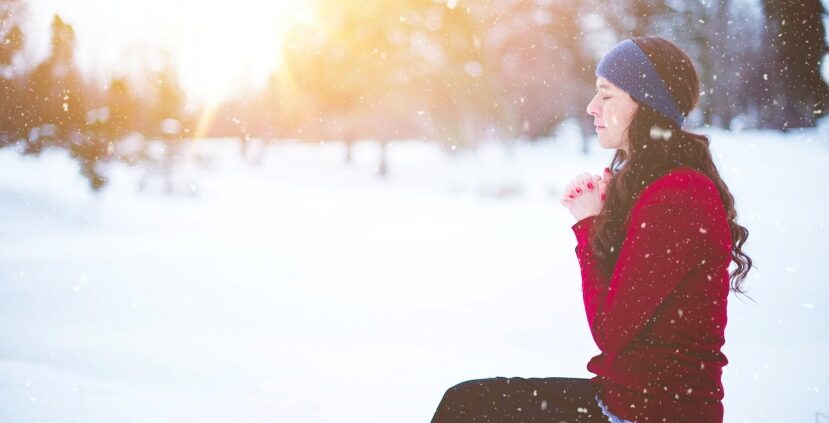
The Winter Solstice marks a turning point in the Calendar – in a quite literal sense. The longest night of the year marks the point at which every day is going to get longer. The sun is at its lowest point in the sky, too.
Given this, it’s no wonder that cultures around the world have come to assign spiritual meaning to the occasion. From the Roman festival of Saturnalia (from which Christmas is derived) to the Scandinavian feast of Juul, disparate peoples have seen the winter solstice as a cause for celebration. From this point onward, things are only going to get brighter.

In 2023, we’ll bring in the Winter Solstice on Friday December 22nd, at 3:27am. The celebrations will tend to commence at dawn – but since it’s winter, you won’t need to get up all that early.
Several places stand out as tempting to those wishing to celebrate the Solstice.

When considering places to bring in the Solstice, there are few better than Stonehenge. These mysterious stones were actually arranged to line up with the sun when the solstices arrive. Which, given the technology of the time, is deeply impressive. You’ll get access to the monument at 7:45 am, but it might be worth turning up slightly earlier, since admission is based on how much light there is available.
Entry is free, but there are a few conditions to abide by. You’re not allowed to climb on the stones, drink or do drugs, and you’re not allowed to play amplified music, among other things. You can read a full list of the conditions here.
This amazing circular structure was built around five thousand years ago, such that the long passage and innermost chamber receive light at dawn on the Solstice. Since this is a building, the space inside is limited, which means that only a small number of people can get in. Tickets are awarded in September after a lottery, which means you’ll need to express an interest early to find your way inside.

Burning the Clocks is a unique event held every year in Brighton to mark the Solstice. It’s been designed as a modern antidote to the excess and consumerism that marks (or mars, depending on your perspective) the Christmas period. You can reach Brighton via a train from London, which makes this festival accessible even during a busy festive period.

In Sweden and Norway, St. Lucia’s Day honours one of the earliest Christian martyrs. Every town elects its own St. Lucia, who leads a parade through the vicinity. This marks the start of the build-up to Christmas, and it always kicks off on December 13th, which, according to the Julian calendar, is the shortest day of the year.
If you’re heading out to the Far East, then you’ll have an entirely different set of customs to contend with. Tōji is the Japanese term for the occasion. In Japan, you can mark it by soaking in a yuzu fruit bath!

We’ve barely scratched the surface of the solstice traditions that take place every year around the world. For thousands of years, and possibly longer, people have been celebrating this occasion. By marking it today, you can feel that little bit closer to your ancestors!